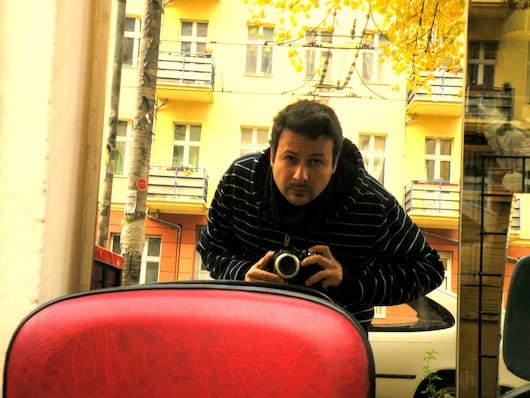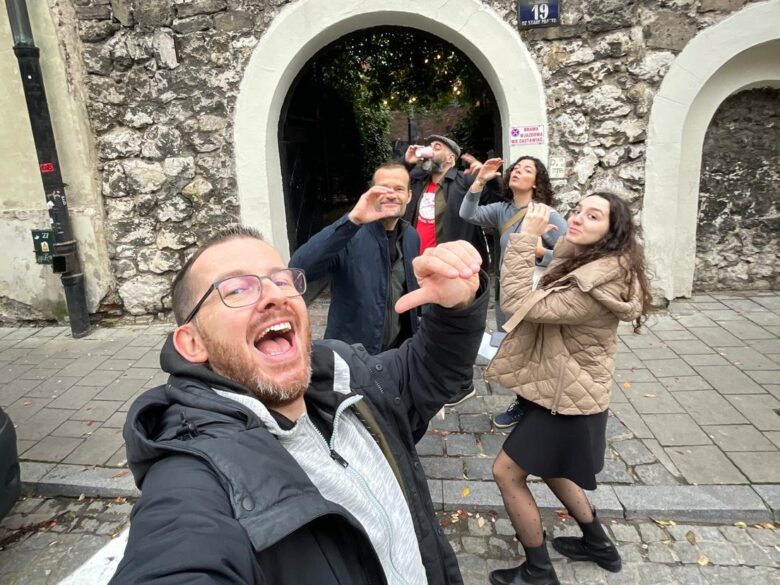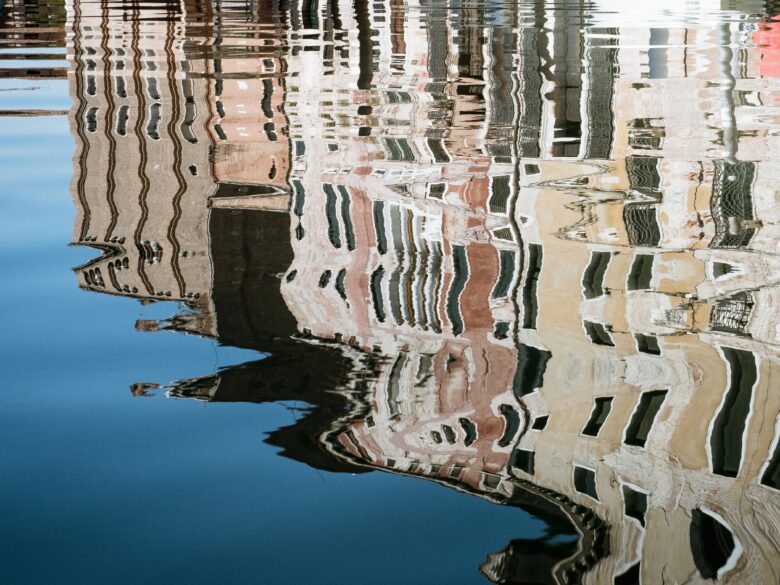Today we’re interviewing Nuno Lopes de Paula, Spotter for our Lisbon city blog.
Can you tell us a little about yourself?
I was born in Lisbon and I’ve spent half of my life living at Alvalade quarter. I learned to play piano at the age of 5, but never knew I was going to become a musician. I quit the piano and later, when I was studying at the University, I played guitar, mandolin and upright bass in the University Tuna. Obviously, the Tourism course was placed on standby, and… it was never finished.
Although I didn’t finish my degree, I worked in the Tourism Industry for about 6 years. I worked at the Estoril Tourism Board and in my job I helped tourists visiting the area, giving directions and recommendations about all the spots I knew and I’ve traveled a lot representing the Estoril Board.
I’ve worked in several places since my 20’s as a customer care agent, insurance technician, sales representative, but my dream is really to become a musician and I’m working hard to get on the right track. I love to write, and besides music, photography, cooking, traveling and riding my bike are my other hobbies.
How do you like being a Spotter?
I love being a Spotter and it’s in my nature: Helping people and sharing my knowledge about the city I live in, it’s great. I don’t remember the first time I googled Spotted By Locals…maybe when I was preparing for my stay in Berlin where I lived.
I was amazed by the whole idea and I was talking about it to some friends when I sent an email to Sanne and Bart. I just wanted to be a part of this. Being a spotter motivates me to search for spots and write, share tips and explore the city everyday. I learned one thing: never forget my notebook and my camera, and thanks to Spotted by Locals, people think I’m a paparazzo.
Why Lisbon?
Lisbon is the city I live and work in, and it’s changing as we speak. It’s one of the oldest capitals in Europe and a place to explore with your heart open. There’s narrow streets, old churches and chaotic traffic near the downtown and old quarters. Fortunately, some areas are having urban renewal and, for instance, it’s now possible to bike in areas that were a playground for uncivilized drivers.
The city is quite chaotic in rush hours and there are some places to avoid because of pollution and car jams. The city changes at night as it gets abandoned. For 20 years, Lisbon has lost population due to the expensive price of houses (it’s almost impossible to buy a house near the center, renting one is also not an option). As a result, the center is empty.
What do you know about Lisbon that many people don’t?
Did you know, we had the deadliest earthquake in history with a magnitude range of 9.0? Even today, the ruins of Carmo Convent are still untouched since the day 1st of November 1755, to remind Lisboners of the destruction. The earthquake was followed by fires and a Tsunami destroying 90% of the buildings in the city and killing more than 40.000 people. Kings Joseph suffered from claustrophobia because of the earthquake and moved to a wooden tent near Belém, as he was afraid of living within walls. The prime minister Marquis of Pombal, rebuilt the city creating the actual design: big squares, rectilinear and large avenues. Old medieval Lisbon died that day.
What is the most popular neighborhood in Lisbon?
The perfect quarter to live is Alvalade. It’s a place you’ll find everything walking distance. The quarter was planned in the 50’s, but even today it’s an example of perfect urban planning. You don’t need a car, and it’s a great place for biking as it’s flat (quite strange for Lisbon). There are great places like Grog where you can get the best milkshakes in town, and besides all the shops, there’s the park (1º de Maio) to enjoy.
What does a perfect day in Lisbon look like for you?
A perfect day in Lisbon would start with a brunch of croissants and a glass of cold milk at Pastelaria Careca near Belém quarter. Those are probably the best croissants I’ve eaten. After the sugar reaches the brain and I start thinking properly, I would go for a walk maybe checking for an art exhibition at the Culture Center of Belém. Later I would get on the 14 tram to the downtow. I love the old yellow trams! At the center of Lisbon, I would walk up the hill toward the old church – the Sé. Enjoying the view and drinking a cold beer on the way down at Trobadores tavern. On the afternoon I would explore a bit the Martim Moniz area – an intercultural quarter with people from all continents. I would go to a Indian, Nepalese or Chinese restaurant, tried a Kebab or return to Belém and stopped at Nau do Restelo for the best Chamuças in town.
Anything else you’d like to share?
I always wanted to study and write about cities. It was not architecture, nor history, but people and places that really interested me. Cities are made of people. If you’re traveling without getting lost, without knowing someone or sharing a glass of the Portuguese drink Ginjinha (cherry brandy) … one thing I’m sure of, you won’t get the full experience in Lisbon.
“The world is a book, and those who do not travel read only one page” – St Augustine.
Check out all articles by Nuno and our other Spotter interviews.


![10 Unique Flea Markets in Europe [2024 Update!]](https://www.spottedbylocals.com/wp-content/uploads/midnightbazar-munich-by-ayla-amschlinger.jpg)




